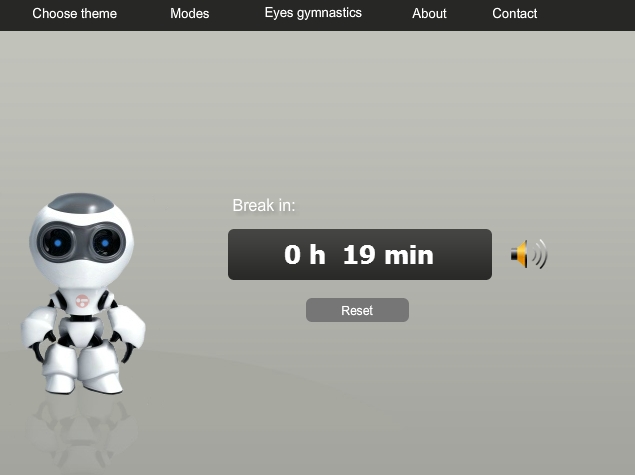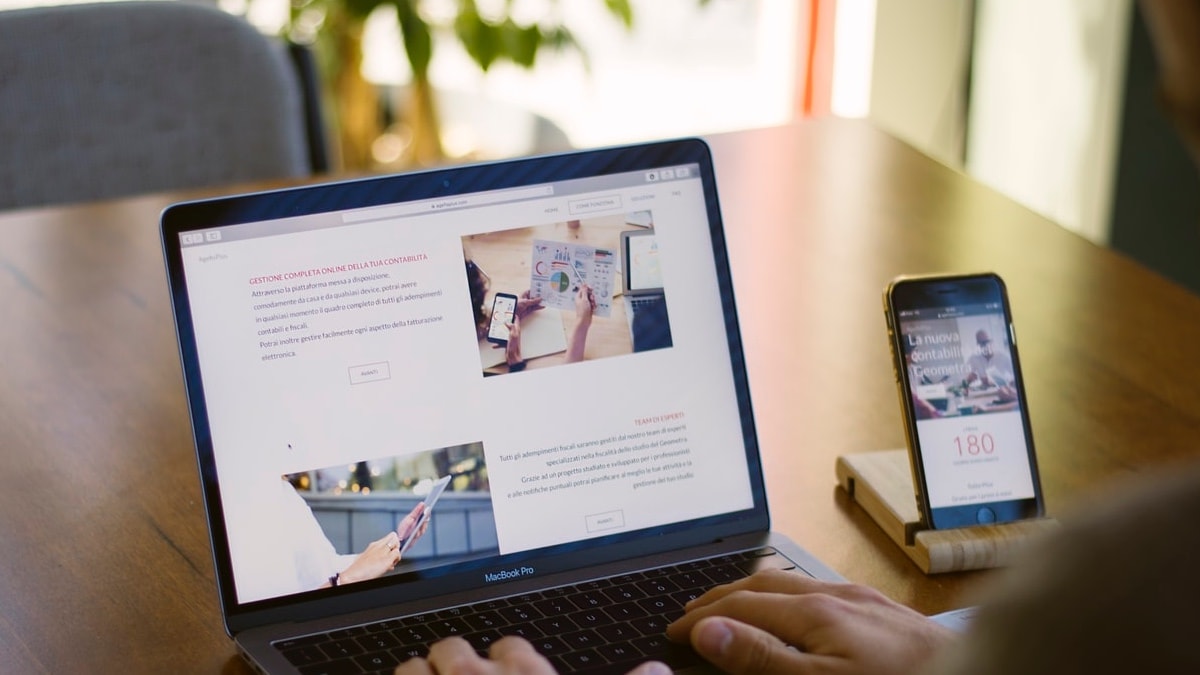

Best Web Hosting Provider In India 2024
Now that a lot of people are working from home due to lockdowns brought about thanks to the coronavirus outbreak, it becomes even more important to prevent eye strain. Commercial office spaces tend to have better furniture and lighting than your makeshift work-from-home setup and that can contribute significantly to increasing eye strain. However, there are lots of easy ways to prevent eye strain and we’re going to tell you how to reduce this.
Improve your posture
The way you are sitting could be the reason behind your tired eyes, according to the American Occupational Safety and Health Association. Before looking for software or hardware solutions to your problem, check if your posture is correct. In many cases, the display is either above or below eye level, which leads to incorrect posture.
If you’re craning your neck or slouching to look at the screen, you’re straining your eyes. Try using a laptop stand or even just a pile of books to raise the screen to eye level. If the screen is above eye level, try raising your chair to bring the screen to eye level. Once you’ve done this, try some apps that will further help you reduce eye strain.
The 20-20-20 rule
The 20-20-20 rule is quite effective at reducing eye strain. Simply put, after every 20 minutes of looking at the screen, look at an object that is at least 20 feet away for 20 seconds. Following this rule has helped us at NDTV Gadgets, so we can vouch for it.
Keeping track of those twenty minute breaks isn’t easy though, particularly when you’re in the middle of work, so we suggest you try a free Web app called Protect Your Vision. Here’s how to use it.
- Open the Protect Your Vision website > click 20-20-20 > select your break schedule from the drop-down menu. You may go with 20-20-20 (recommended) or 60-5 (five-minute break every hour) or Custom (where you can choose the duration of each break and the interval between breaks).
- Once your break schedule is selected, click the black button labelled “Request permission and test notification” > Allow (Chrome) or Show for this session (Firefox) > Start PYV. The website requires desktop notifications because that’s how it reminds you to take a break. Desktop notifications are supported on Firefox, Chrome and Safari.
- Now a timer will appear, showing you the time till your next break. You may disable sound notifications by clicking the volume icon next to the timer. Once you see a notification, click it and then click Start break. Now your screen will turn dark for the duration of the break. You should look at a point at least 20 feet away. Alternatively, you may click Start Eyes Gymnastics on your screen and the app shows you some eye exercises (move eyes up and down, etc.) that you can quickly go through to reduce eye strain.
![]()
Protect Your Vision is a nice app but if you want something that automatically darkens your screen every 20 minutes, then try FadeTop on Windows or TimeOut on Mac. They accomplish the same result, and don’t require you to click on any button to start the break.
Cut Out The Blue Light
According to the Vision Council, one of the largest groups of manufacturers and suppliers in the optical industry, blue light is one of the causes of digital eyestrain. To make your monitor eye-friendly, you can go into the settings and tweak the various options to reduce eye strain.
The first thing you should do is set the brightness and contrast to a comfortable level. If your workplace doesn’t have plenty of natural light, then you might want to cut out the blue light on your display to give your eyes some much-needed relief. You can do this manually by changing your display settings, but that isn’t for everyone.
The next step is to cut out the blue light from the display to reduce eye strain. This is most effective when you are working under artificial light, and not that useful for those who work during the day in rooms with lots of natural light.
Reduce blue light on Android
- On stock Android, you can go to Settings > Display.
- Now tap Night Light.
- This is where you can set how long you want the smartphone’s display to cut out blue light and adjust colour temperature if needed.
- Note that this feature may not be available with the same name on various custom versions of Android, where it may be called Night Mode, Reading Mode, Night Shield, Eye Care, etc. Be sure to check your phone’s display settings thoroughly to find this option.
Reduce blue light on iOS
- On iOS you can go to Settings > Display & Brightness.
- Now tap Night Shift.
- Here you can schedule it according to your preference and adjust the colour temperature too.
Reduce blue light on macOS
- On macOS, click the Apple logo on the top-left of the screen (it’s on the top bar).
- Now click Display.
- Click the Night Shift tab and select the duration you want to cut out the blue light for. We’ve set this to the entire day, but you can set it according to your preference. You also get an option to select how warm or cool you want the colour temperature to be.
Reduce blue light on Windows
- On Windows 10, open the Start Menu.
- Click the gear icon on the left side.
- Click System and then Display.
- Now enable Night Light. Here you can adjust the schedule and colour temperature.
- If your version of Windows does not have this feature, you can get the job done by downloading an app such as Flux.
![]()
Hardware
While the solutions mentioned above should be good enough for most situations, you might want to consider buying gadgets with anti-glare screens to reduce the strain on your eyes. If you haven’t done this, you can buy yourself an anti-glare screen coating. We tested an anti-glare filter from 3M on our laptops and found it to be quite effective.
If you are using a device with a reflective screen, you may find it hard to see your screen if it is facing the light. Anti-glare filters are useful in these situations and the one from 3M does the job as advertised. It takes some time to attach to your screen but that’s a one-time hassle. Good quality anti-glare coatings cost anywhere between Rs. 1,000 and Rs. 2,000.
If that isn’t an option, we suggest you visit an ophthalmologist and get yourself a good pair of anti-glare glasses. Some brands (like Gunnar) also make glasses that are supposed to be particularly helpful for “computer vision syndrome.” We reviewed two pairs of eye strain reducing glasses by Gunnar and found them to be very effective. You can read the review and decide whether you need such glasses.
These tips should have helped you reduce eye strain. In case you have any other tips or if you liked our suggestions, please let us know via the comments. For more tutorials, visit our How to section.
How are we staying sane during this Coronavirus lockdown? We discussed this on Orbital, our weekly technology podcast, which you can subscribe to via Apple Podcasts or RSS, download the episode, or just hit the play button below.
Best Web Hosting Provider In India 2024
Source link


